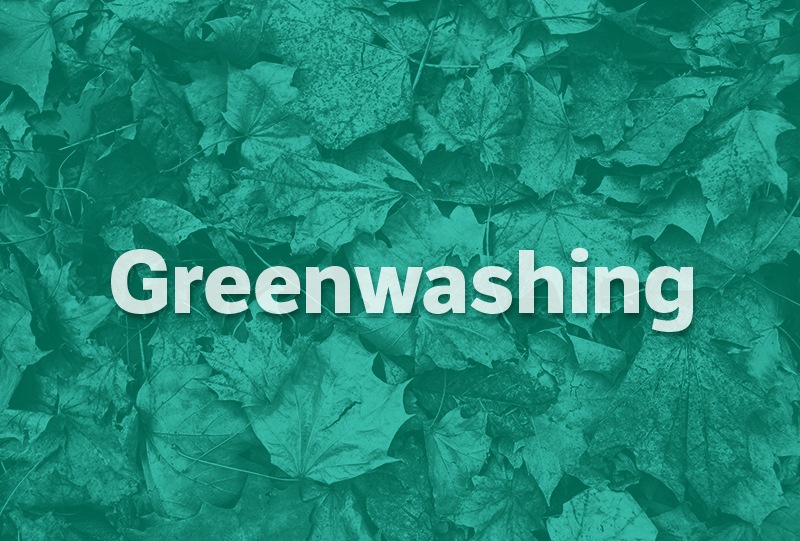The word greenwashing means “just-for-show ecology”, that is a mere strategy for communication or interest purposes, which is adopted by companies and businesses with the sole aim of appearing sustainable and environmentalist. Their activities are actually not sustainable and have, in fact, a negative impact on the environment. This neologism of English origin is the union of the words green and washing (wash), and comes from the verb to whitewash, literally to whiten. That’s why it’s used to convey the idea of hiding, covering up a fact to make people believe in a different one.
This term got popular thanks to a greater attention to environmental issues and the subsequent ever-increasing pressure from companies to look sustainable over the past years.
In parallel to a continuously high search for ‘eco-friendly’, sustainable, and innovative products in a concrete and measurable way, greenwashing has led to a very different reality, which aims to exploit the growing attention of consumers towards the environmental impact of what is purchased, making products look eco-friendly – even when they’re not. That’s indeed a way to ride the ‘sustainability wave’ – without being that, though.
It is really a false and misleading communication, which must be spotted so that all consumers can choose freely and clearly consciously.
But how do you spot greenwashing activities?
Here are some simple guidelines!
- Beware of excessively general information, without clear communication and demonstrable data. If a product or packaging is defined by a manufacturer as “bio, eco-friendly, sustainable, green” – just to mention the most common terms – this must be demonstrated transparently and incontrovertibly, also through specific certifications.
- We must remember that each material has an entire life cycle – from production to disposal. For this reason, it can’t be simply defined as ‘green’. What does that mean? In what way? And what about transport – how could we forget it? Or can we underestimate how it should be disposed once we stop using it? Definitely not! These are just some of the questions that we as consumers are called to ask ourselves. That’s why, when you hear about 100% ‘sustainable’ products, you should pay more attention and look for some more answers.
- When you are faced with new products to buy, try to read their information and labels more carefully. If there are any certifications or logos certifying their sustainability, try to figure out if they are truthful. Alternatively, you can go further and ask manufacturing companies directly for more details on their concrete impact on the environment. A website can already provide you with some useful information.
What about recycling?
Material recycling – especially plastic recycling – is one of the workhorses behind recent environmental strategies adopted by companies. Those who follow our Are you R project already know the importance of plastic recycling, and how it can lead to concrete benefits for the environment. However, it should be noted that the information on the recyclability of the products we buy is not always so truthful.
Here’s an example:
If you buy a packaging claiming a certain recyclability percentage, you should ask yourself whether it actually possible is. To do so, you should know the different plastic materials, the extent to which each of them can be recycled, and even the actual recycling method.
For instance, it is true that PET is a 100% recyclable material. That is proved by the many ‘bottle-to-bottle’ projects that allow water or beverage bottles to be completely recycled. But what if your PET bottle does not contain drinks, but liquids such as detergents or shampoos, instead? That’s a different story! In fact, the contents of these bottles undermine the suitability of recycled food contact materials*. Sometimes, these are blind spots in consumer awareness.
Obviously, we all hope that in time greenwashing examples will become increasingly scarce, and that there will be an increase in virtuous companies declaring their sustainability level and environmental impact of their products transparently – for the sake of the environment and with due respect for consumers.
In the meantime, we must be better informed consumers that do not stop at appearances, but are rather fully aware of what they’re buying – as far as possible.
We’ll keep on examining in depth this – now more than ever – fundamental topic. Stay tuned!
*Source: www.petrecycling.ch

